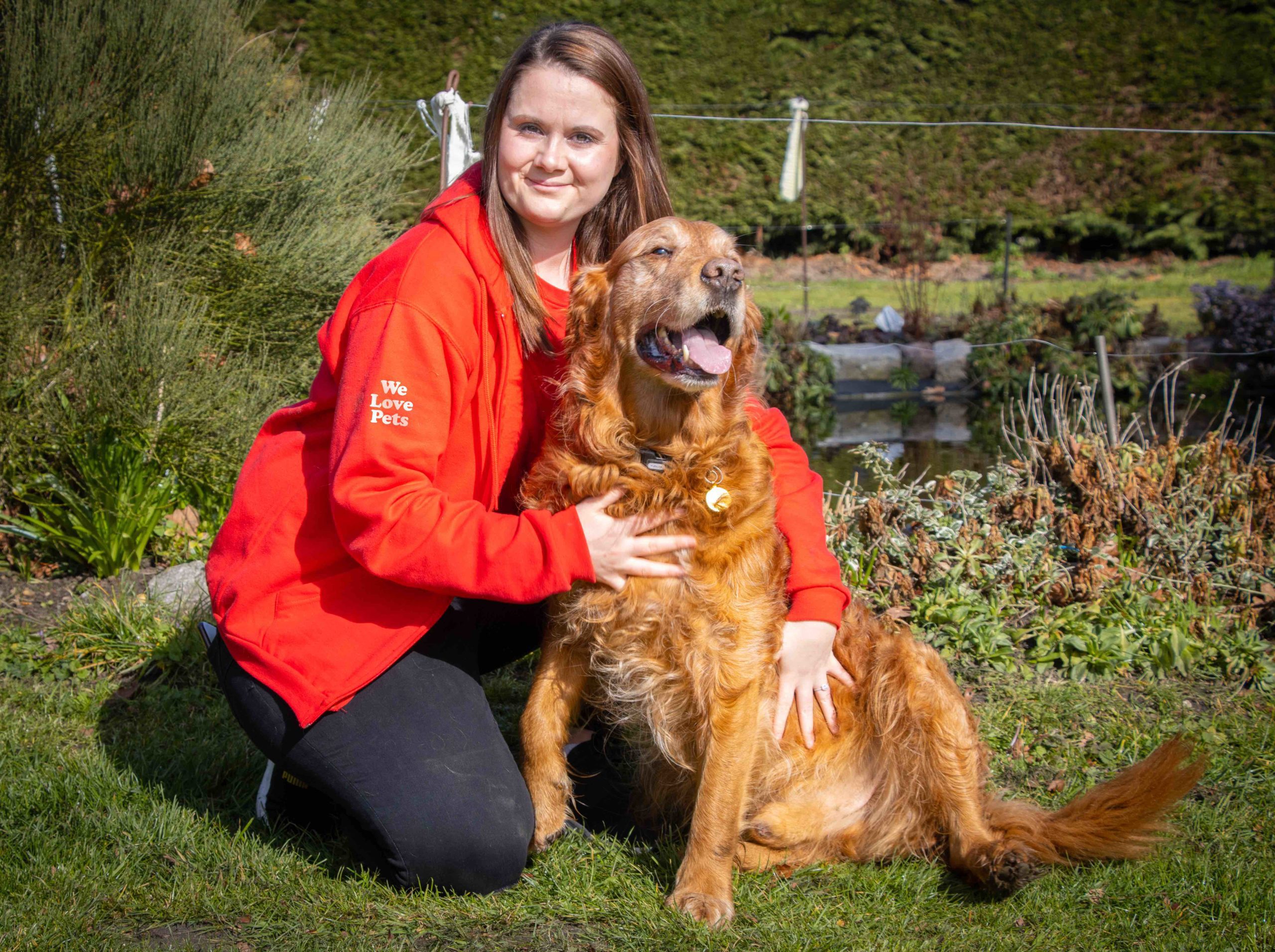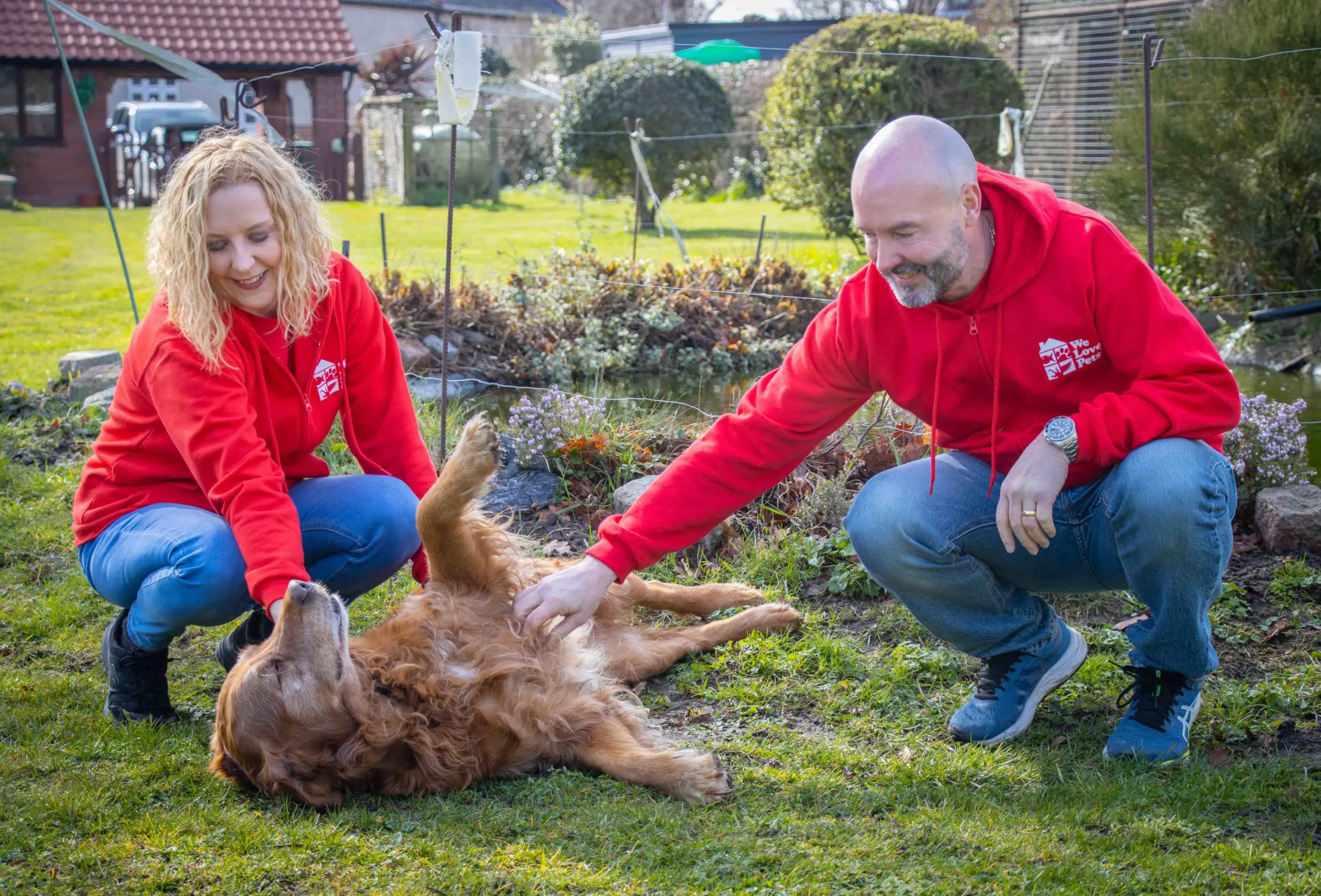By Sophie Baldwin, Vet Nurse and We Love Pets Franchisee
Results of the tick project
In 2016, the UK’s biggest tick research project took place at Bristol University. Participating veterinary practices were asked to send in any ticks that were taken off dogs so that they could be analysed to find out the species. A short questionnaire was also filled in to accompany the tick on the dog’s history with regards to where it was normally walked and whether the dog had been abroad.
As a consulting nurse at the time I was probably sending 2-3 ticks a week and it would likely have been more if every dog that came through the doors of the practice was having a tick check. Bristol University received 6,372 ticks!
The results from the survey showed that the ”geographical prevalence of ticks is directly linked in the distribution of wild deer”. Deer are important reproduction hosts for ticks and since 1960 red deer have increased in numbers by 3-4 times and roe deer by 10-15 times. Deer numbers increasing along with warmer and wetter months allow ticks to survive. The most common tick found was the hedgehog tick.
DNA tests on 4500 ticks showed that just over 2% were positive for Lyme disease.
Did you know?
The first reported case of canine Lyme disease in the UK was in 1991. However, ticks held at the Natural History museum show the presence of Spirochete Lyme Disease in the 1800’s.
Adult ticks transmit Lyme Disease to a host when they feed. The process requires the tick to be attached for at least 24-48hrs for the transmission to occur. A tick will feed for about 7 days.
How to remove ticks
The best way to reduce the risk of Lyme disease is to prevent ticks attaching, or removing ticks quickly when they attach. Regular use of an effective tick product should be used for dogs walked in areas with high tick numbers, particularly at high risk times of the year (March- Nov). Prompt tick removal with a tick hook will further reduce risks. If you’re unsure visit your vet, they can remove them for you.




